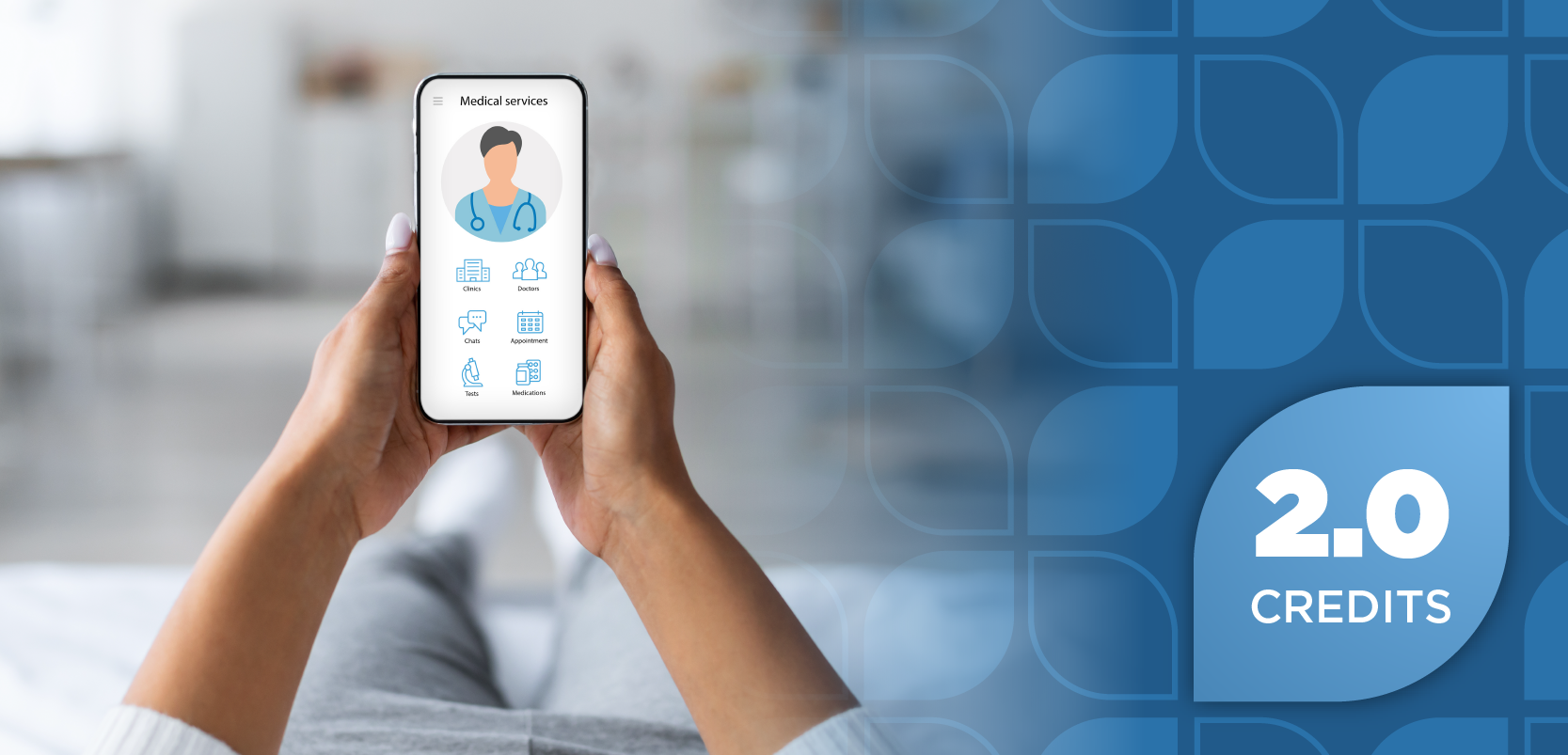|Videos|December 4, 2020
Challenges and Opportunities for Patients With HIV During COVID-19
The impact of the COVID-19 pandemic on managing HIV and strategies implemented to address challenges faced by providers.
Advertisement
Newsletter
Stay ahead of policy, cost, and value—subscribe to AJMC for expert insights at the intersection of clinical care and health economics.
Advertisement
Related Articles
Latest CME
Advertisement
Advertisement
Trending on AJMC
1
West Coast Health Alliance Releases First Vaccine Guidelines, Aiming to Replace CDC Recommendations
2
Metabolic Issues More Common in Patients With HIV
3
Iron Dysregulation Linked to MS Progression, Review Finds
4
Barriers to Gender-Affirming Surgery Persist Despite High Satisfaction Rate
5

















































